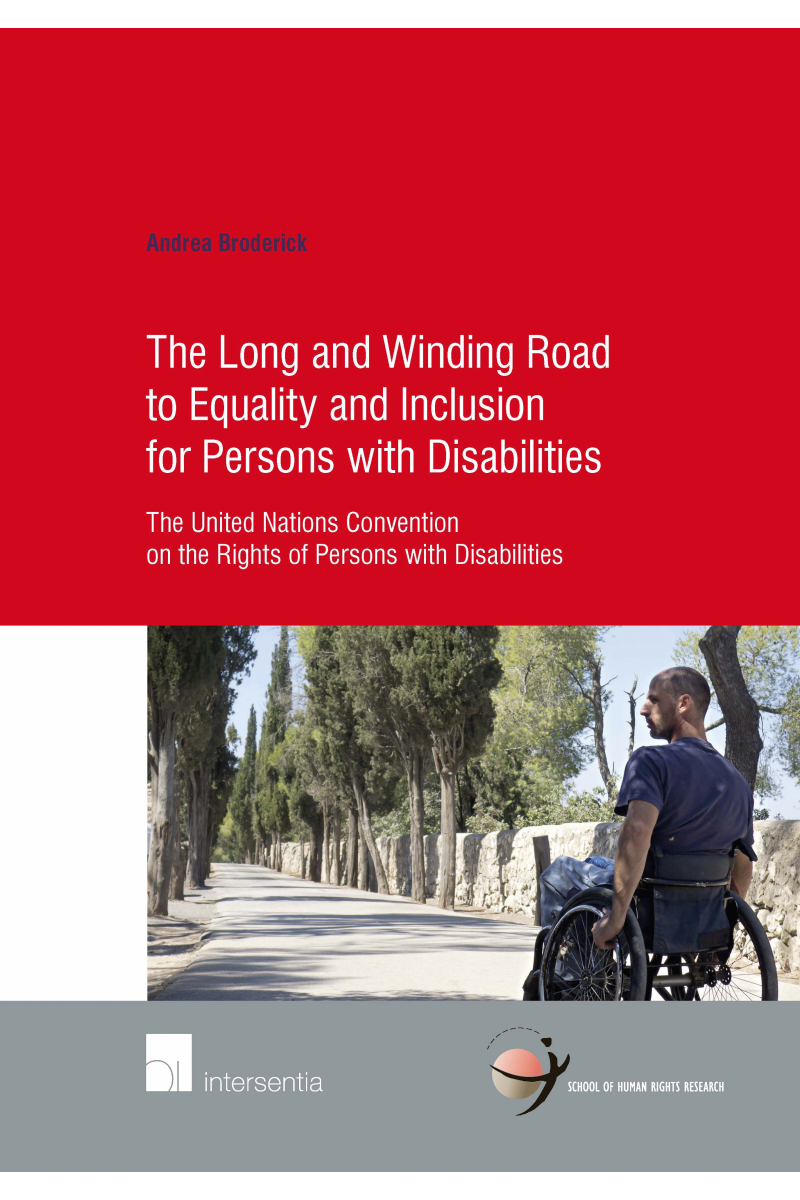 maestro
mastercard
visa
maestro
mastercard
visa

The Long and Winding Road to Equality and Inclusion for Persons with Disabilities
The United Nations Convention on the Rights of Persons with Disabilities

This book examines several aspects of the equality and non-discrimination norms in the UN Convention on the Rights of Persons with Disabilities (CRPD). In the first instance, the book provides an interpretation and critical analysis of the legal meaning of the principles of equality and non-discrimination in the context of the CRPD. It analyses the extent to which the concepts of equality and non-discrimination contained in the Convention fit within the various theoretical models of disability and conceptions of equality that have been elaborated to date by scholars. It also compares the theoreotical framework of equality in the CRPD to that contained in other international human rights treaties which preceded the Convention.
In addition, States’ obligations under the Convention are teased out. A particular focus throughout this book is on the manner in which the equality and non-discrimination norms in the CRPD can increase participation and inclusion in society of persons with disabilities. This book also examines in detail an integral component of the equality norm, namely the duty to reasonably accommodate persons with disabilities and, in particular, its outer limits.
In that regard, the book analyses whether the balancing and sharing of burdens inherent in the accommodation duty can teach us lessons about the overall balancing of burdens and interests implicit in many Convention rights subject to progressive realisation.
Following on from that, this book devises a framework for review of measures adopted by States in the overall context of the progressive realisation of disability rights, with a particular emphasis on how the CRPD’s equality norm might strengthen the realisation of socio-economic rights for disabled people. That framework of review criteria is then applied to the right to education and the accessibility obligation incumbent on States under the CRPD.
Finally, this book investigates how the equality and non-discrimination norms in the Convention have already influenced, and can potentially influence, the crucial shape of disability equality case law and policy. In that connection, a case study is carried out on the Council of Europe mechanisms, in order to assess whether the CRPD is having an influence on disability law and policy at the regional level.
This book demonstrates the fact that the CRPD holds enormous promise for the future application of the equality and non-discrimination norms in relation to the rights of persons with disabilities. Notwithstanding this, significant challenges lie ahead in the realisation of de facto equality for persons with disabilities.
| Type of product | Book |
|---|---|
| Format | Paperback |
| EAN / ISSN | 9781780683584 |
| Series name | Human Rights Research Series |
| Weight | 770 g |
| Status | Available |
| Number of pages | xx + 444 p. |
| Access to exercice | No |
| Publisher | Intersentia |
| Language | English |
| Publication Date | Nov 20, 2015 |
| Available on Strada Belgique | No |
| Available on Strada Europe | No |
| Available on Strada Luxembourg | No |
Downloads
- Table of Contents
- Chapter 1. Introductory Chapter
- Chapter 2. Disability Equality: An Evolving Journey
- Chapter 3. Treaty Interpretation: The Equality and Non- Discrimination Provisions in the CRPD
- Chapter 4. The Duty to Accommodate Persons with Disabilities
- Chapter 5. A Proposed Framework for the Assessment of the Progressive Realisation of CRPD Rights
- Chapter 6. The Accessibility Obligation in the CRPD
- Chapter 7. The Right to Education for Persons with Disabilities
- Chapter 8. Case Study: The Influence of the CRPD on the Council of Europe
- Chapter 9. Concluding Chapter: Findings, Conclusions and Recommendations
- Summary in English
- Valorisation Addendum
- Curriculum Vitae
- Bibliography